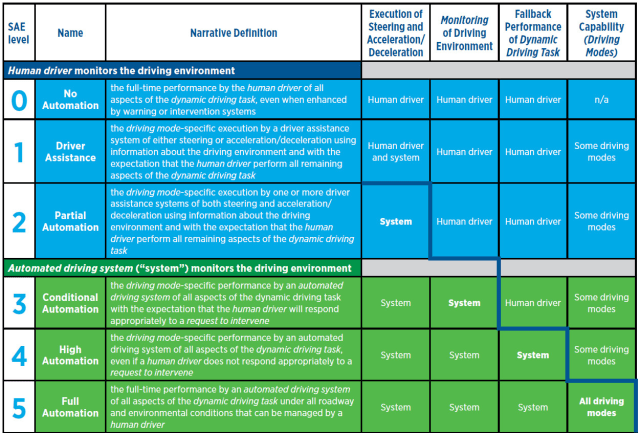My new article: New Research May Vindicate Tesla's Choice To Forego LIDAR.
Summary:
Please keep general comments about self-driving car safety, redundancy, and ethics to other threads that already exist for those topics. I want to focus on the technical details in this thread. Thank you!
Summary:
- New research finds that a self-driving car can use cameras to determine distances to within 10 centimeters (3.9 inches) of accuracy.
- 10 cm of accuracy is most likely sufficient for self driving, making LIDAR unnecessary.
- The accuracy of cameras was only tested at low speeds, but the evidence points toward accuracy being good enough for high speeds.
- Foregoing LIDAR may be a strategic master stroke, giving Tesla a multi-year lead in self-driving over all competitors.
Please keep general comments about self-driving car safety, redundancy, and ethics to other threads that already exist for those topics. I want to focus on the technical details in this thread. Thank you!




